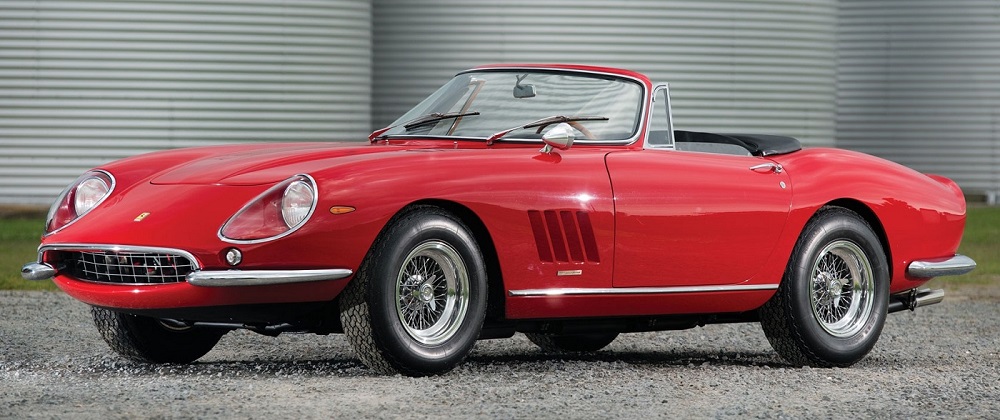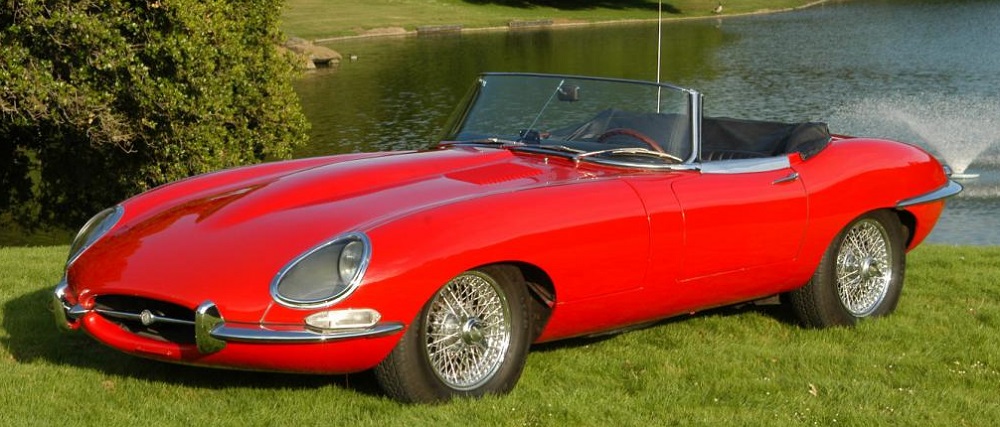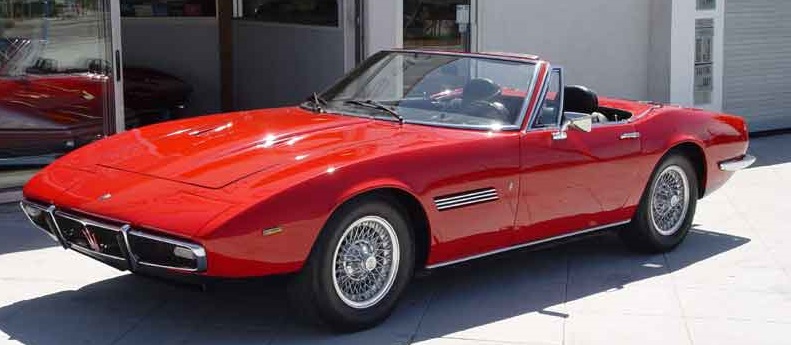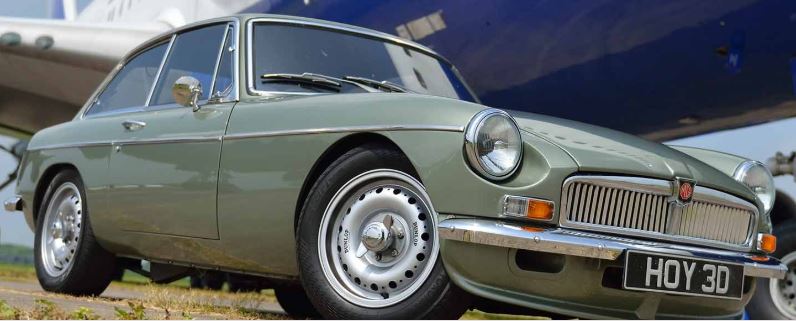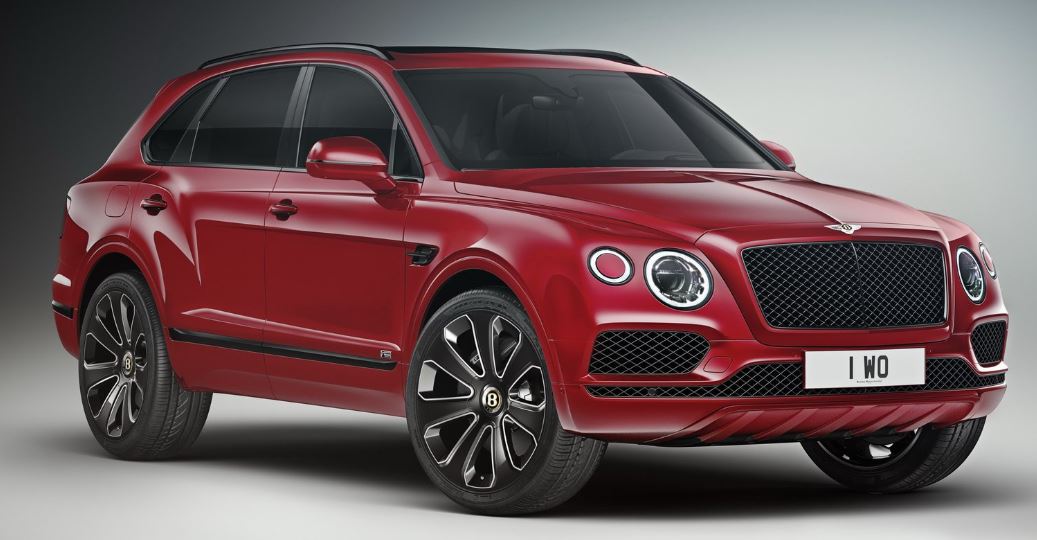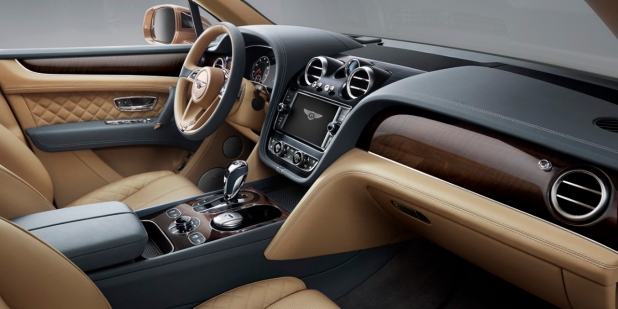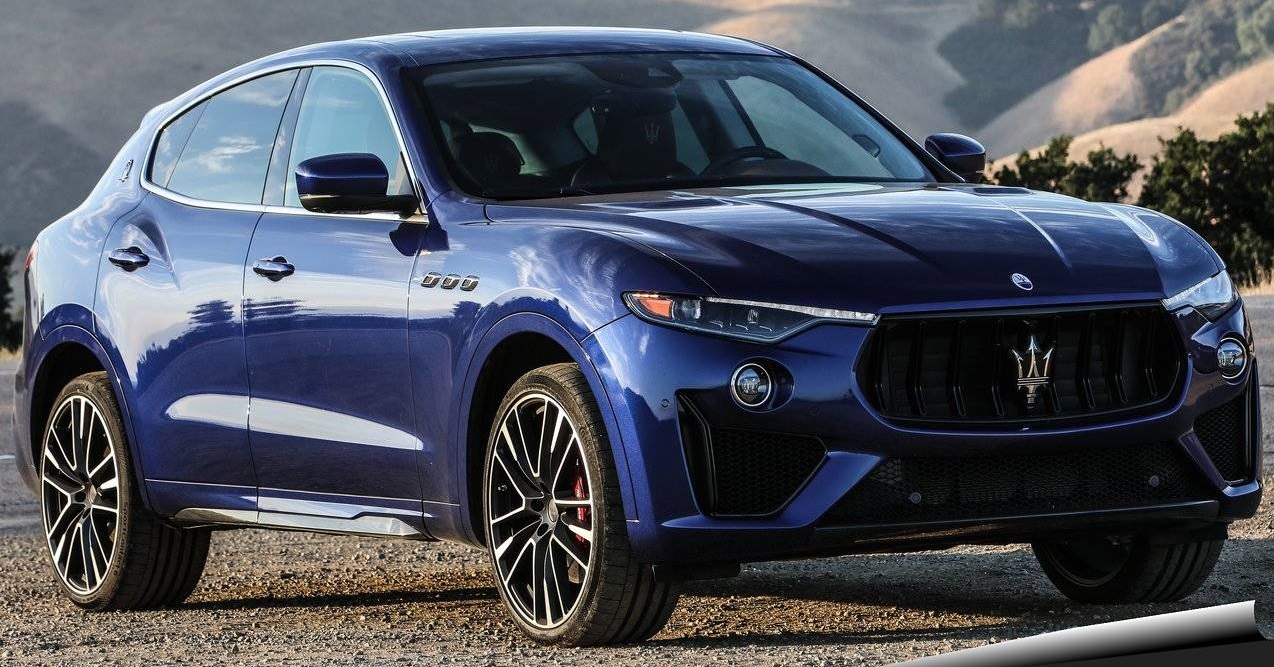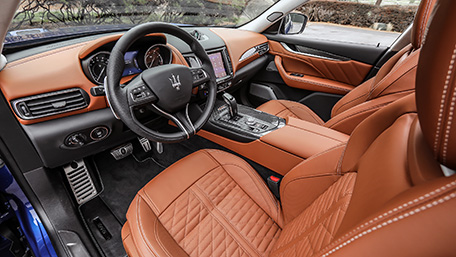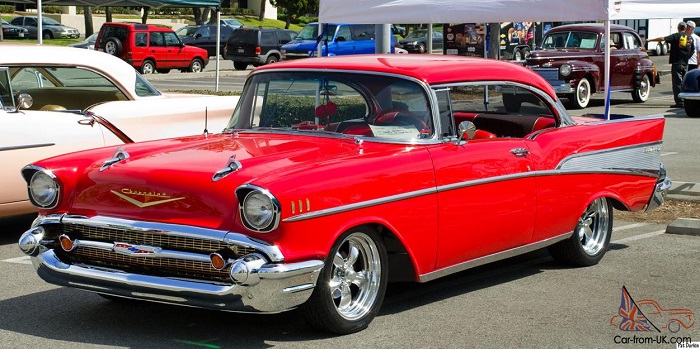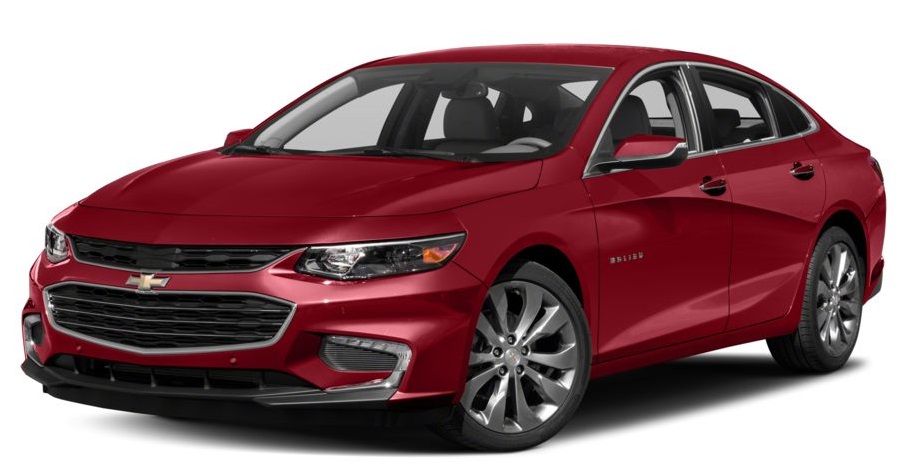Via Insty, I stumbled across this list:
If you can afford the running costs or get a great warranty, these cars will be nicer than anything new at the same price. Here are some great used luxury cars to buy.
Go ahead and look at what’s on offer. Then come back for the challenge, which is:
Pick your top 3 (assuming that all the cars are well-maintained inside, and that they’ll run for at least 40,000 miles before something breaks).
Unlike my normal practice, I’m going to pick my own top 3 up front.
#1: Aston Martin DB7 Vantage
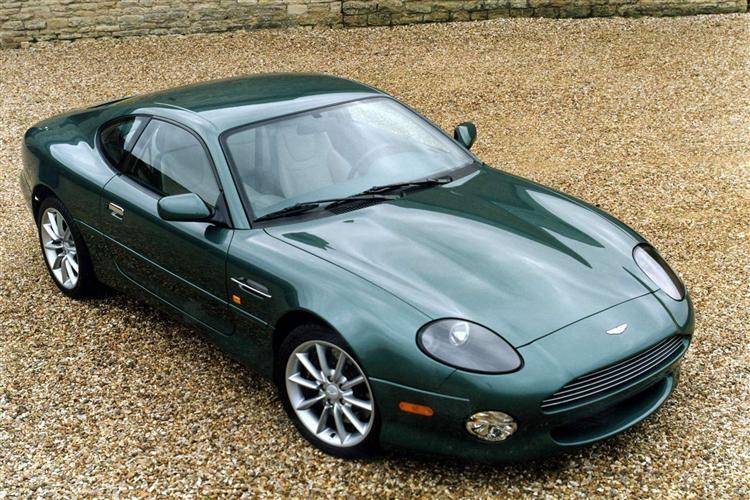
…because Aston Martin, and that exquisite V12, better than anything outside a Ferrari or Bentley.
#2: Jaguar XK
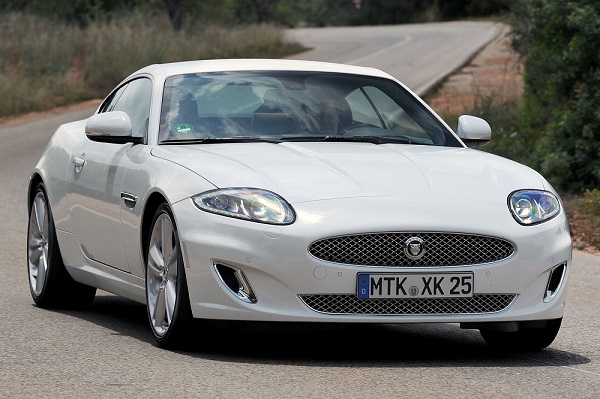
…and NOT the XKR, which is horribly vulgar. Honestly, the “ordinary” supercharged 4.2-liter V8 should be enough for anyone.
#3: Jeep Grand Wagoneer
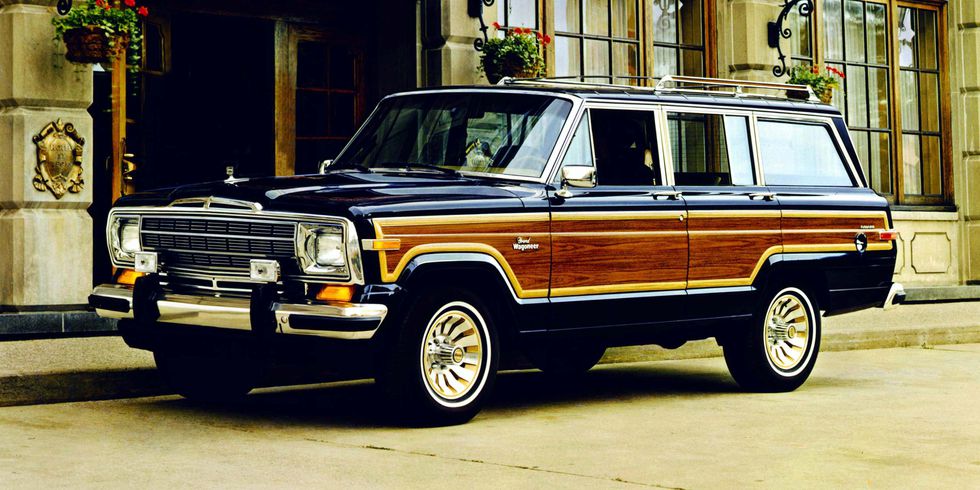
Of all the twenty-five cars on the list, it’s the one that gets a visceral reaction from me. I want to drive it on a crappy dirt road in Colorado, guns in the back and elk/bear hunting on the brain…
Your top 3 in Comments.

